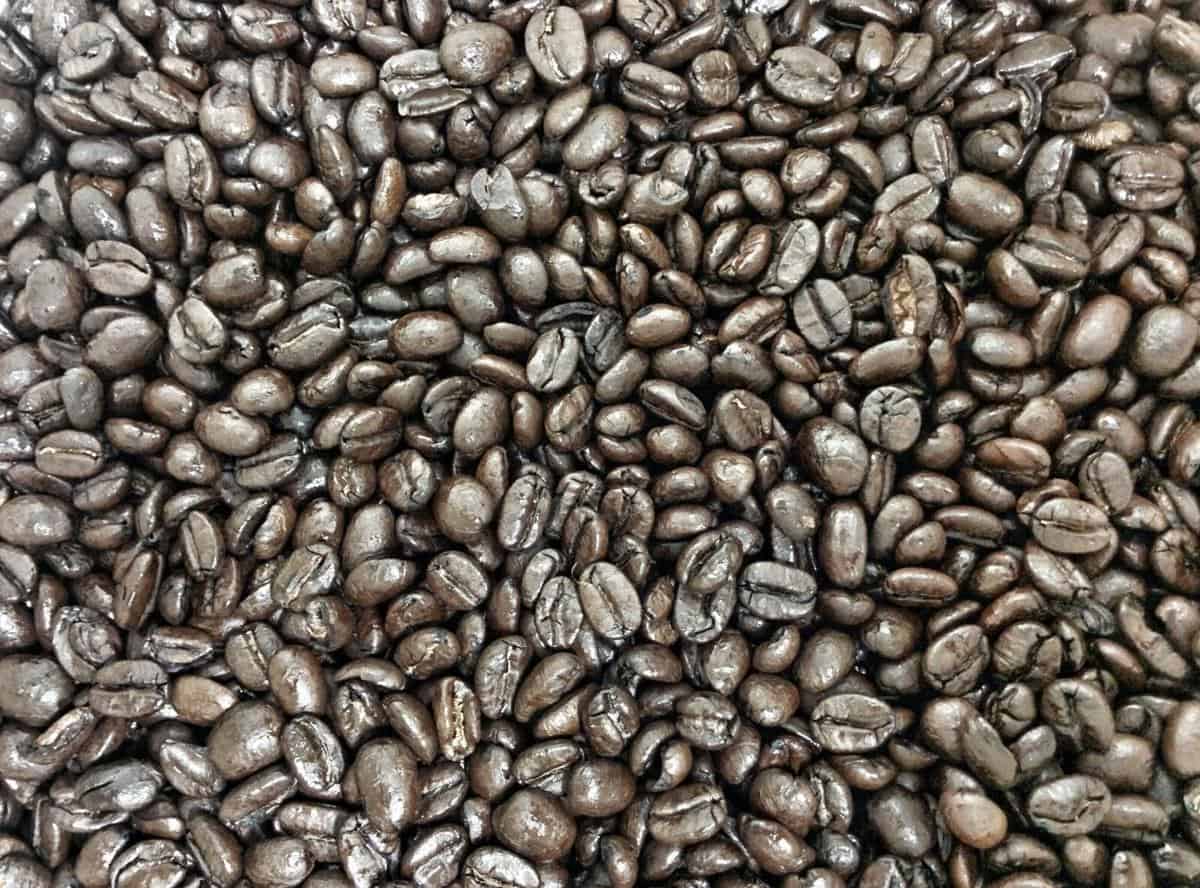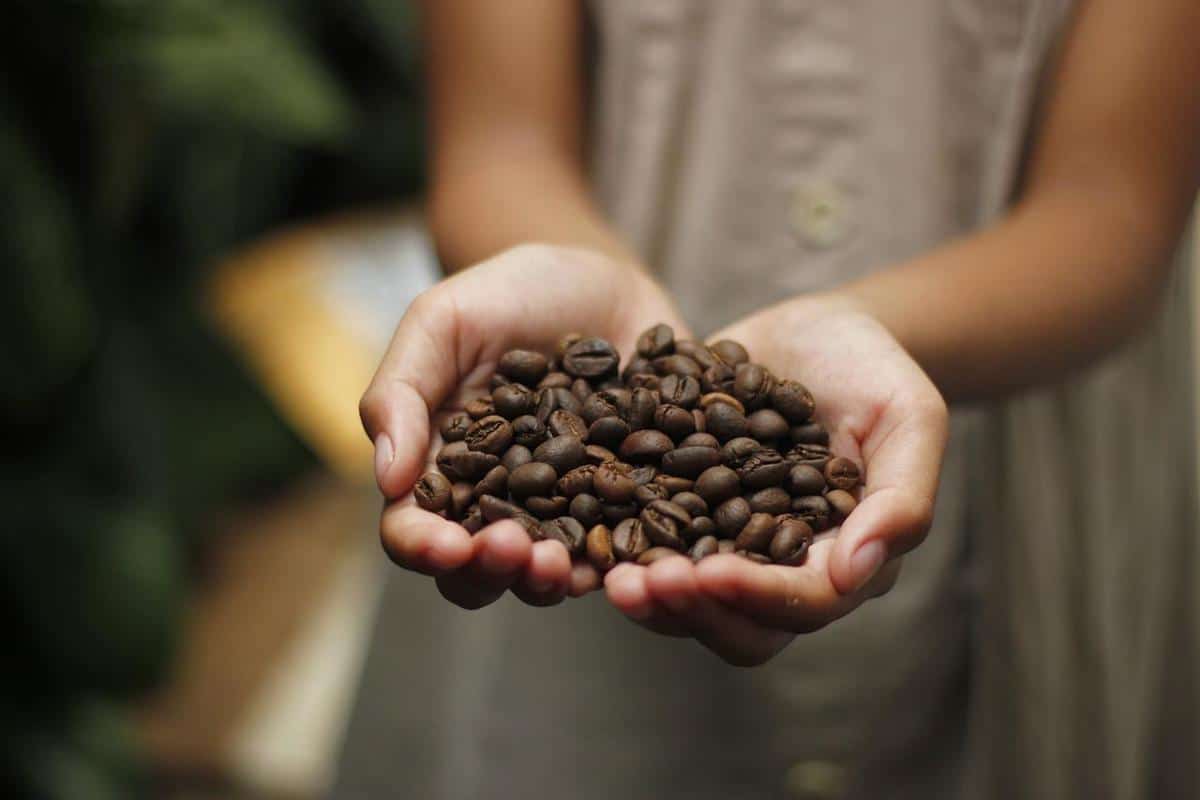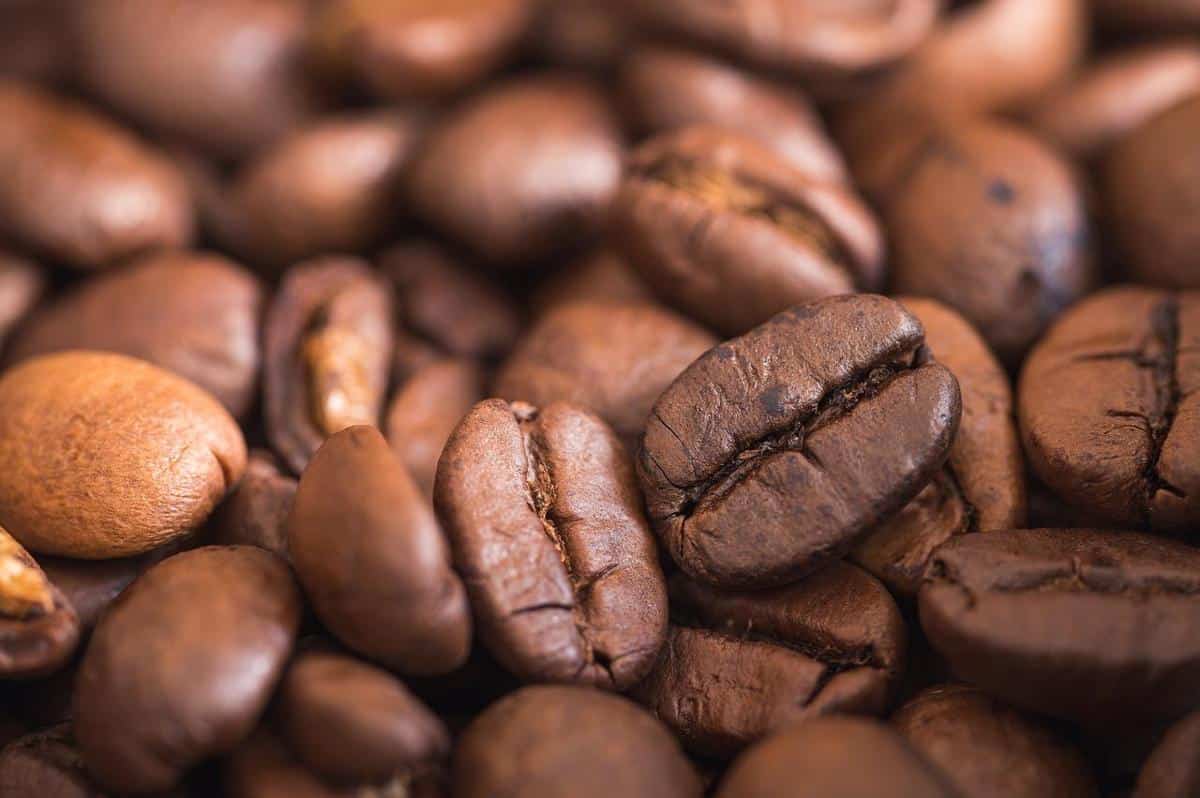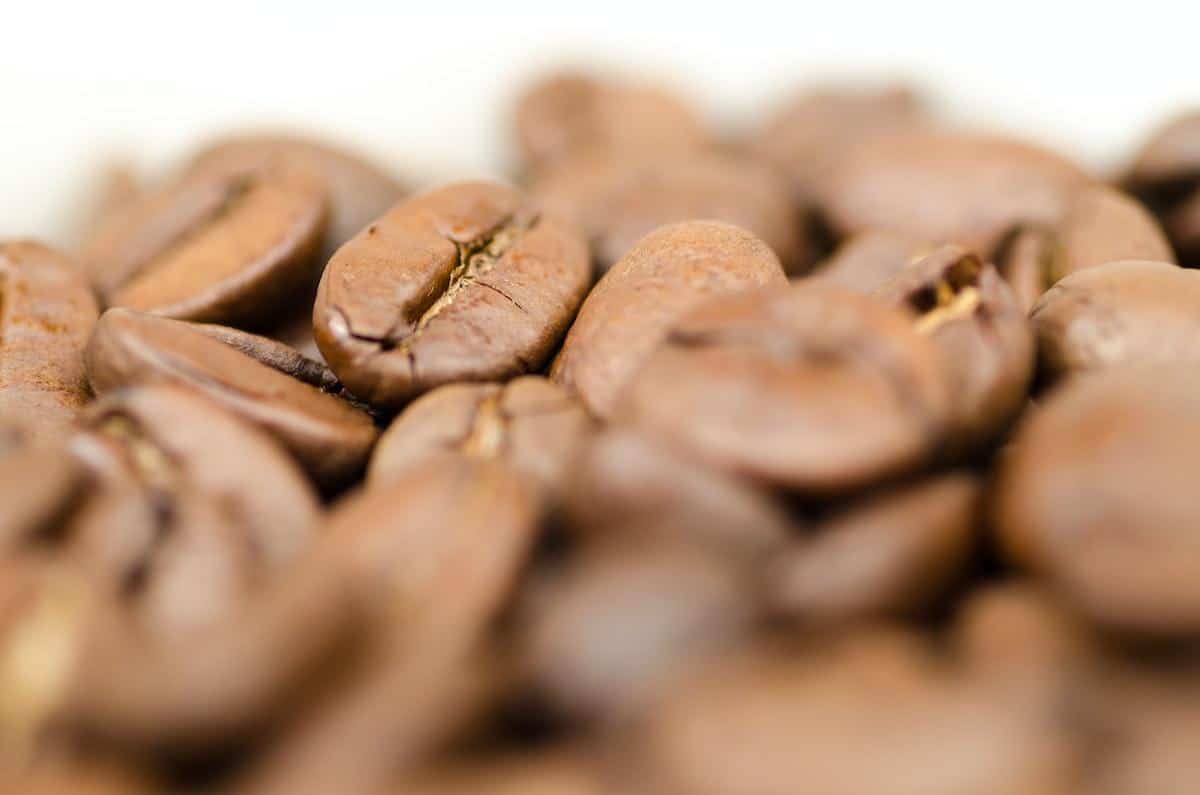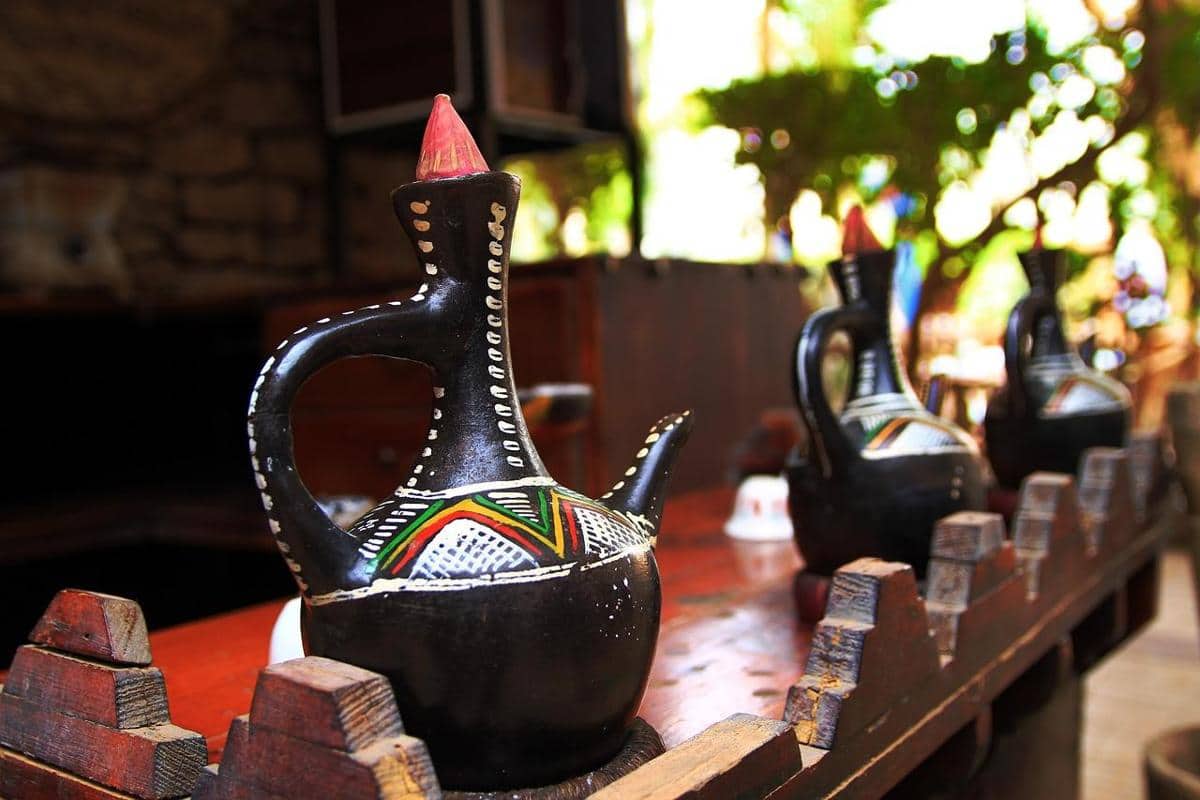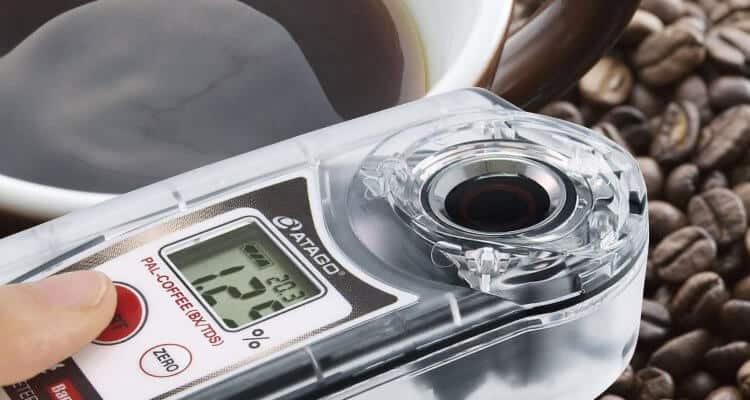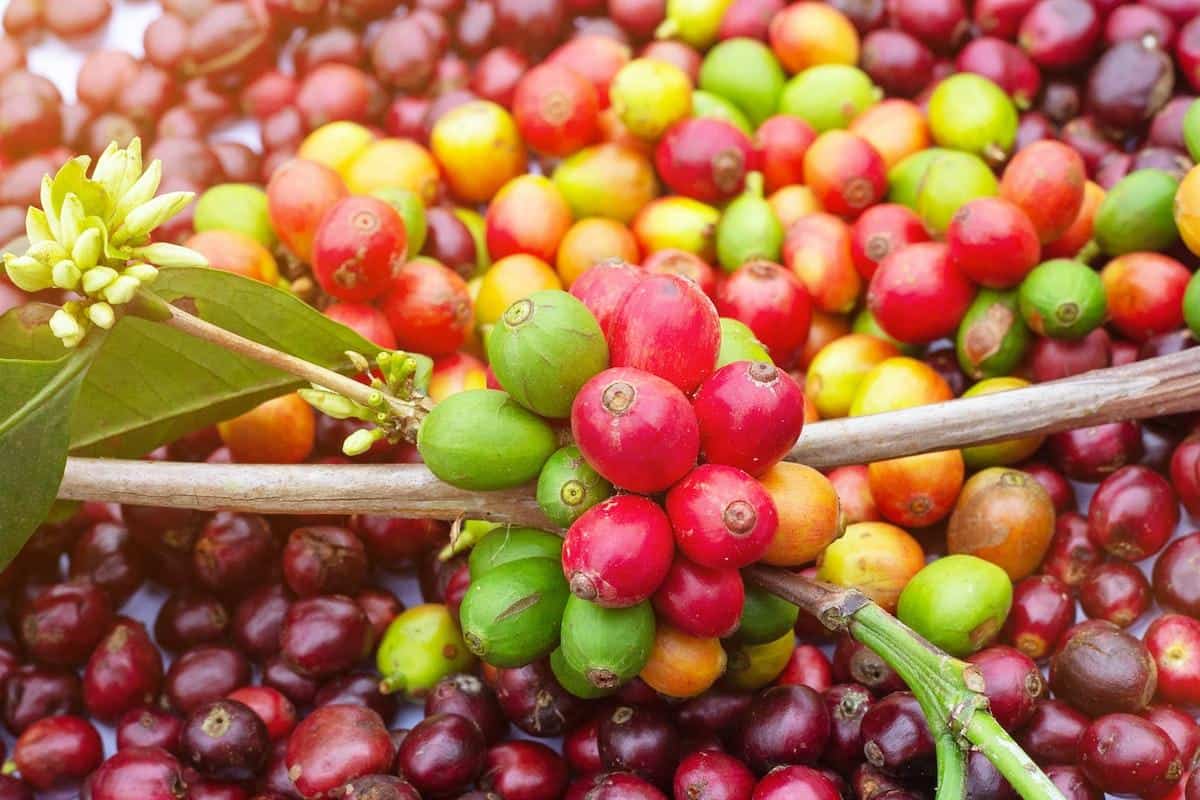Coffee beans and espresso beans – are they really the same thing? This common misconception often leaves coffee enthusiasts perplexed, unaware of the distinct characteristics that set these two apart. In this blog post, we will dive into the world of coffee beans and espresso beans, shedding light on their differences and unraveling their unique qualities. Understanding these distinctions is crucial for anyone seeking to elevate their coffee experience.
When it comes to coffee, it’s essential to recognize that not all beans are created equal. Coffee beans refer to the seeds obtained from the Coffea plant, which are then roasted and ground to create our beloved caffeinated elixir.
However, espresso isn’t just another type of bean; instead, it’s a brewing method that utilizes finely ground coffee. It’s important to dispel the myth that there is a specific type of “espresso bean” exclusively used in making espresso shots.
In order to truly appreciate both coffee and espresso, we must delve into their distinct foundations. By delving into their origins, flavor profiles, and unique characteristics, we can unlock an array of brewing possibilities tailored to our personal preferences. So buckle up and get ready for a journey through the enticing world of coffee beans and espresso beans as we uncover what makes them tick.
Coffee Beans
What are Coffee Beans?
Coffee beans are the seeds of the coffee plant, scientifically known as Coffea. They are cultivated primarily in tropical regions around the world and have been a popular beverage for centuries. Coffee beans can be categorized into two main types: Arabica and Robusta.
Arabica beans are often considered superior in quality, prized for their delicate flavors, nuanced acidity, and aromatic profiles. They generally have a smoother and sweeter taste compared to Robusta beans. Robusta beans, on the other hand, tend to have a stronger and more bitter flavor profile with higher caffeine content.
Origin and Varieties of Coffee Beans
Coffee plants originated in Ethiopia and eventually spread to different parts of the world through trade routes. Today, coffee is grown in numerous countries across Central and South America, Africa, and Asia.
Each country’s unique climate, soil conditions, and processing methods give rise to distinct flavors that are tied to specific regions or single-origin coffees. For example, Ethiopian coffee is known for its fruity and floral notes, while Colombian coffee is revered for its well-balanced flavor profile.
In addition to single-origin coffees, there are also blends that combine beans from different regions or varieties. Blends allow roasters to create complex flavor profiles by combining the unique qualities of various coffee beans.
Flavor Profiles of Coffee Beans
The flavors found in coffee beans can vary greatly depending on factors such as the region they were grown in, the altitude at which they were cultivated, the processing methods used, and even the individual batch or harvest year. Some common flavor notes associated with coffee include chocolatey, nutty, fruity, floral, spicy, or earthy undertones.
While Arabica beans generally offer a wider range of flavors due to their lower bitterness levels and higher acidity compared to Robusta beans – there is tremendous variation within both types. Moreover, an important point to consider is that individual flavor preferences differ greatly among coffee lovers. Therefore, exploring different varieties and flavor profiles is essential to finding your perfect cup of coffee.
The Art of Espresso
The art of espresso spans back many centuries and has deep roots in Italian culture. It is a unique brewing method that has revolutionized the way coffee is enjoyed around the world. In this section, we will delve into the origins and significance of espresso, exploring its rich history and cultural importance.
The Origins of Espresso
Espresso, as we know it today, originated in Italy in the early 20th century. It was created as a response to the need for a faster brewing method that could produce concentrated coffee on demand. The first patent for an espresso machine was filed by Luigi Bezzera in 1901, marking the beginning of a new era in how coffee was prepared and consumed.
Italy quickly embraced espresso, and it became an integral part of Italian culture. Espresso bars started popping up across cities and towns, serving as social gathering places where people would meet, chat, and enjoy their favorite cup of “caffe.” The popularity of espresso continued to grow, spreading beyond Italy’s borders and captivating coffee lovers worldwide.
Espresso’s Role in Specialty Coffee
One of the most significant contributions of espresso is its role as the foundation for various specialty coffee beverages. Espresso serves as the base for beloved drinks like cappuccinos, lattes, macchiatos, and Americanos. These drinks have become staples at cafes all over the world and have helped popularize espresso even further.
The artistry involved in pulling a perfect shot of espresso cannot be understated. From tamping the ground coffee with precision to achieving the ideal extraction time and volume, every step plays a crucial role in creating a balanced and flavorful shot. Expert baristas dedicate years to mastering this craft, learning how to manipulate variables like grind size, water temperature, pressure, and brew ratios to achieve consistent results.
Understanding espresso’s origins and significance allows us to appreciate not only the technical skill required to create a great shot but also the historical and cultural significance of this brewing method. Espresso has become synonymous with quality coffee and is a testament to the passion and artistry that goes into every cup.
Characteristics of Espresso Beans
Espresso beans possess specific characteristics that set them apart from regular coffee beans. These distinctive qualities contribute to the unique flavor, crema, and intensity found in a well-brewed espresso shot. Understanding these characteristics can help coffee enthusiasts appreciate the art of espresso-making and choose the right beans for their preferences.
One notable difference is the roast level of espresso beans. They are typically roasted darker than regular coffee beans, often reaching a medium to dark roast profile. The darker roast brings out rich flavors and enhances the boldness associated with espresso shots. The higher temperature during roasting also contributes to the development of oils on the surface of the beans, which can result in a thicker and creamier mouthfeel.
In addition to roast level, bean size plays a crucial role in distinguishing espresso beans. Espresso requires finely ground coffee particles, which means that smaller bean size is preferred. Smaller beans allow for a more consistent grind size, promoting even extraction during the brewing process. This uniformity contributes to the balanced flavors and textures found in a well-pulled espresso shot.
Another characteristic that sets espresso beans apart is blend composition. While single-origin coffees are popular among coffee enthusiasts, blends are often used specifically for making espresso due to their complex flavor profiles and enhanced consistency. Espresso blends are carefully curated by combining different types of coffee beans to achieve a desirable balance of sweetness, acidity, and body.
When choosing espresso beans, it’s important to consider these characteristics along with personal taste preferences. Experimenting with different roasts, grind sizes, and blends can help individuals find their perfect cup of espresso.
However, it’s worth noting that while there are specific characteristics associated with espresso beans, there is no such thing as an exclusive “espresso bean.” Coffee lovers can unlock the potential for exceptional espresso shots using various types of high-quality coffee beans tailored for their brewing method of choice.
Versatility of Coffee Beans
Coffee beans are a versatile ingredient that can be enjoyed in various forms beyond the realm of espresso drinks. While many people associate coffee beans exclusively with espresso shots, they can actually be utilized in a wide range of brewing methods to create unique and flavorful beverages.
One popular method of brewing coffee is the drip method, which involves pouring hot water over coffee grounds and allowing the liquid to pass through a filter. This method is commonly used in household coffee makers and offers a convenient way to enjoy a cup of coffee. French press is another popular brewing method that utilizes coffee beans.
It involves steeping coarsely ground coffee in hot water for several minutes before plunging a metal mesh filter to separate the liquid from the grounds. This method often produces a rich and bold flavor profile.
For those who prefer a more meticulous approach to brewing their coffee, pour-over is an excellent choice. This method involves slowly pouring hot water over a bed of finely ground coffee beans, allowing for precise control over extraction rate and resulting in a clean and vibrant flavor profile.
In addition to these methods, coffee beans can also be used to create cold brew or espresso-strength iced coffee. Cold brew involves steeping coarsely ground coffee beans in cold water for an extended period of time, resulting in a smooth and less acidic beverage. Espresso-strength iced coffee is created by pulling an espresso shot directly onto ice, creating an intensely flavored and refreshing drink.
By exploring the versatility of coffee beans beyond espresso drinks, individuals can discover new and exciting ways to enjoy their favorite caffeinated beverage. Whether it’s through drip brewing, French press, pour-over, or even cold brew, there are endless possibilities for crafting delicious cups of java using versatile coffee beans.
Misconceptions Debunked
One common misconception that persists in the world of coffee is the belief that there is a specific type of bean known as “espresso beans.” This myth often leads to confusion among coffee enthusiasts who are unsure if they need to purchase a particular variety of bean for making espresso at home. However, it’s important to debunk this myth and clarify that there is no such thing as dedicated “espresso beans.”.
Coffee beans themselves do not inherently possess characteristics that make them exclusively suitable for brewing espresso. Instead, the qualities required for a perfect espresso shot can be achieved through various factors such as roast level, bean size, and blend composition. Therefore, any type of coffee bean can be utilized to produce exceptional espresso shots with the right preparation techniques.
Roast level plays a crucial role in determining the flavor and intensity of both coffee and espresso. While some people may believe that espresso beans are roasted differently than regular coffee beans, this is not necessarily true. Whether you prefer light roasts or dark roasts, it’s entirely possible to find a coffee bean that suits your taste preference and can be used for brewing excellent espresso.
Personalizing Your Coffee Experience
When it comes to enjoying a cup of coffee, personal taste preferences play a crucial role in determining the perfect bean for your brewing method. With a wide variety of coffee beans and espresso blends available, finding the right option can seem daunting. However, by understanding flavor profiles, roasting levels, and preferred brewing methods, you can personalize your coffee experience and discover the ideal bean that caters to your specific tastes.
- Flavor Profiles: Coffee beans encompass a vast range of flavors that can be influenced by factors such as the bean variety, origin, and processing method. Arabica beans, known for their delicate aromas and sweet flavors with hints of acidity, are often favored by those seeking a well-balanced cup of coffee. On the other hand, Robusta beans are characterized by their bold and strong flavor profile with higher caffeine content.
- Roasting Levels: Roasting is a crucial step in determining the flavor profile of coffee beans. Lighter roasts typically result in brighter and more acidic cups of coffee, while darker roasts tend to produce richer and more full-bodied flavors. It’s important to note that different brewing methods may require different roast levels to achieve optimal results.
- Preferred Brewing Methods: The choice between whole bean or pre-ground coffee also influences your brewing experience. Whole beans provide the freedom to grind them fresh before each brew, allowing for greater control over extraction time and aroma preservation. Pre-ground coffee offers convenience but sacrifices some freshness and flavor potential.
To make the most out of your preferred brewing method and enjoy a personalized coffee experience, it is essential to explore different types of coffees from various regions around the world. Experimenting with single-origin coffees will help you discover distinct flavor profiles unique to different growing regions.
Brewing Tips and Techniques
When it comes to brewing coffee or espresso, the quality of flavor extraction plays a crucial role in achieving a delicious cup of your favorite beverage. Whether you are using coffee beans or espresso beans, understanding the proper brewing techniques can help you maximize the desired flavors from your chosen beans.
One important factor to consider is the grind size of your beans. For coffee brewing methods like drip coffee or French press, a coarser grind is recommended to ensure proper water filtration and avoid over-extraction. On the other hand, espresso requires a fine grind to provide enough surface area for water extraction during the short brewing time.
Another essential aspect is water temperature. The ideal range for brewing coffee is generally between 195°F and 205°F (90°C – 96°C). However, when making espresso, it’s recommended to use slightly lower temperatures within the range of 190°F to 200°F (88°C – 93°C). This helps prevent excessive bitterness that can result from high temperatures during the quick extraction process.
In addition to grind size and water temperature, other variables such as extraction time and water-to-coffee ratio also impact the final flavor. When brewing espresso, aim for an extraction time of around 25-30 seconds.
This will help maintain balance in terms of flavor intensity and avoid any unwanted bitterness. As for drip coffee or other brewing methods, following the recommended ratios of coffee grounds to water (usually around 1:15 or 1:16) will give you a good starting point for experimentation.
Now that we’ve covered some basic tips for maximizing flavor extraction with both coffee and espresso beans, it’s important to note that personal preference ultimately determines what makes the perfect cup for you. Don’t be afraid to experiment with different variables and adjust them according to your taste buds.
And remember, whether you choose coffee beans or espresso beans, understanding the fundamentals of brewing will enrich your coffee experience and help you unlock the full potential of your favorite beans.
| Brewing Variable | Coffee Beans | Espresso Beans |
|---|---|---|
| Grind Size | Coarser | Finer |
| Water Temperature | 195°F – 205°F (90°C – 96°C) | 190°F – 200°F (88°C – 93°C) |
| Extraction Time | Varies by brewing method | Around 25-30 seconds for espresso shots |
Remember, these are general guidelines, and adjusting them according to personal preference is highly recommended. Happy brewing.
Conclusion
In conclusion, it is important to understand that coffee beans and espresso beans are not the same. Throughout this article, we have explored the differences between these two types of beans and debunked the myth of “espresso beans.” Coffee beans come in various types, such as Arabica and Robusta, each with its own unique characteristics and flavor profiles. On the other hand, espresso is a brewing method rather than a specific type of bean.
The distinctive qualities of espresso beans set them apart from regular coffee beans. These characteristics include the roast level, bean size, and blend composition. It is these qualities that contribute to the intense flavor and crema found in a well-brewed espresso shot. However, it is essential to note that coffee beans can be tailored to produce excellent espresso shots without the need for dedicated “espresso beans”.
Both coffee beans and espresso beans offer versatility in their applications beyond just making espresso drinks. They can be enjoyed in various forms, including drip coffee, French press, pour-over, cold brew, or even as espresso-strength coffee. Personal taste preferences should dictate the choice of coffee beans or espresso blends. By experimenting with different flavors and brewing methods, individuals can fully explore the potential of their favorite beans.
Frequently Asked Questions
Can you use the same beans for coffee and espresso?
Yes, you can use the same beans for coffee and espresso. While there are specific beans that are marketed as espresso beans, the truth is that any type of coffee bean can be used to make both coffee and espresso.
The main difference between the two lies in the brewing method rather than the beans themselves. Espresso typically requires a finer grind and higher pressure extraction, while coffee is brewed using a variety of methods like drip machines or French presses.
Why can you eat espresso beans but not coffee beans?
Contrary to popular belief, it is not recommended to eat espresso beans or regular coffee beans due to their high caffeine content. While some people may enjoy consuming chocolate-covered espresso beans or coffee-flavored candies as a treat, eating these beans in large quantities can have adverse effects on health.
Both espresso beans and coffee beans contain caffeine, which can cause negative side effects such as insomnia, increased heart rate, anxiety, or gastrointestinal issues when consumed excessively or in sensitive individuals.
Is espresso coffee the same as regular coffee?
No, espresso coffee is not the same as regular coffee. The distinction between these two lies in the brewing process rather than the actual type of bean used.
Regular filtered coffee is usually made using coarser ground beans that are diluted with hot water flowing through a filter at a slower pace, resulting in a milder flavor and higher volume yield per serving. On the other hand, espresso is prepared by forcing very hot water at high pressure through finely ground compacted coffee grounds, extracting a concentrated shot of flavor packed with rich aroma and intensity.
How many espresso beans equal a coffee?
It’s challenging to quantify how many espresso beans would equal a cup of brewed coffee since it depends on various factors such as personal preference for taste and strength of brews, size of cups served, or your desired caffeine intake.
Generally speaking, due to the concentrated nature of an espresso shot compared to regular brewed coffee, you would require less volume of ground coffee to produce an equivalent amount of extracted flavors for an espresso shot compared to what you would use for brewing a cup of regular coffee.
Can I use supermarket coffee beans for espresso?
Yes, you can use supermarket coffee beans for making espresso. While specialty coffee beans are often favored by coffee enthusiasts due to their nuanced flavors and higher quality, supermarket coffee beans can still produce a decent cup of espresso.
It’s important to pay attention to the roast level and grind size when selecting coffee beans from your local supermarket, as these factors can significantly impact the flavor profile and extraction process. Experimentation with different brands and varieties of supermarket coffee beans can help you find one that suits your taste preferences for homemade espresso.

